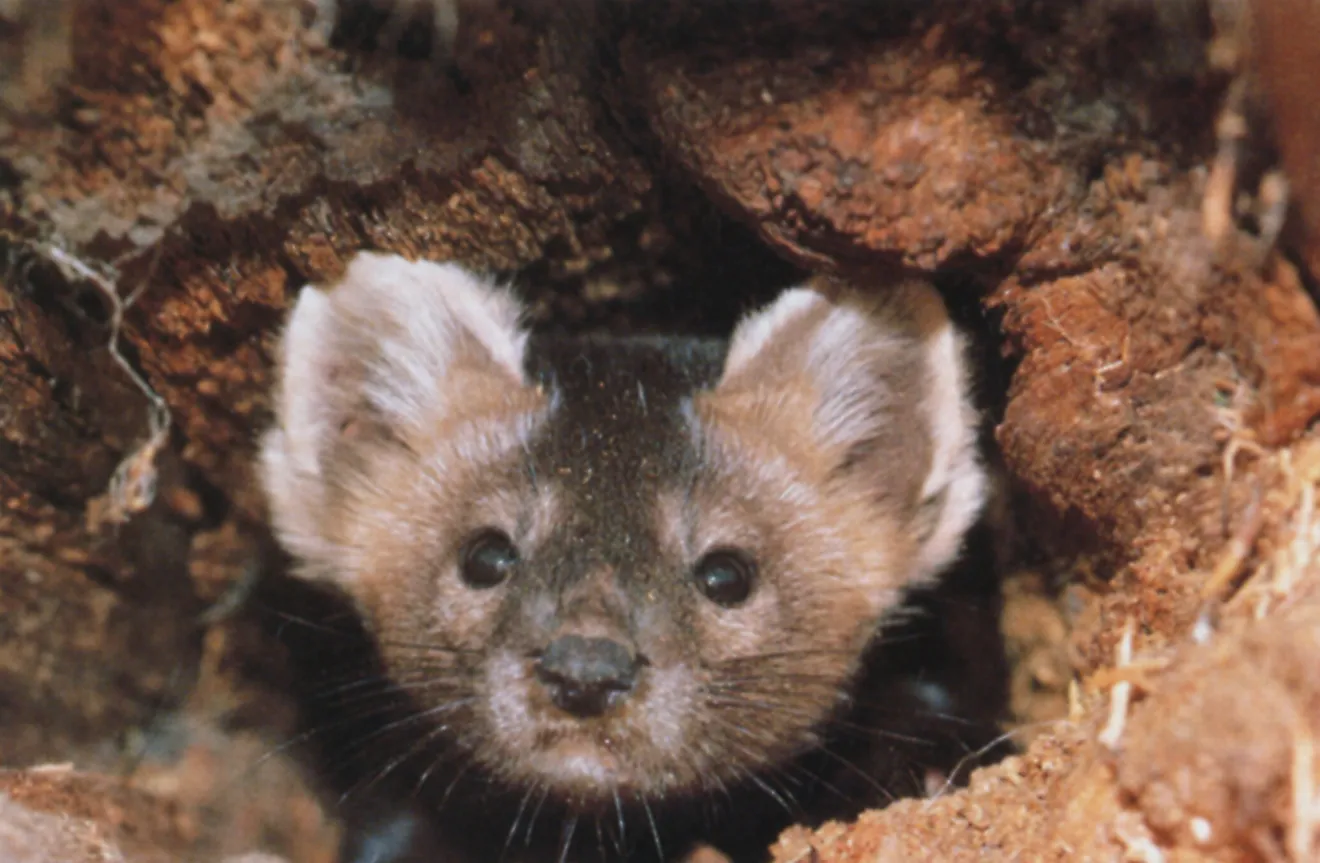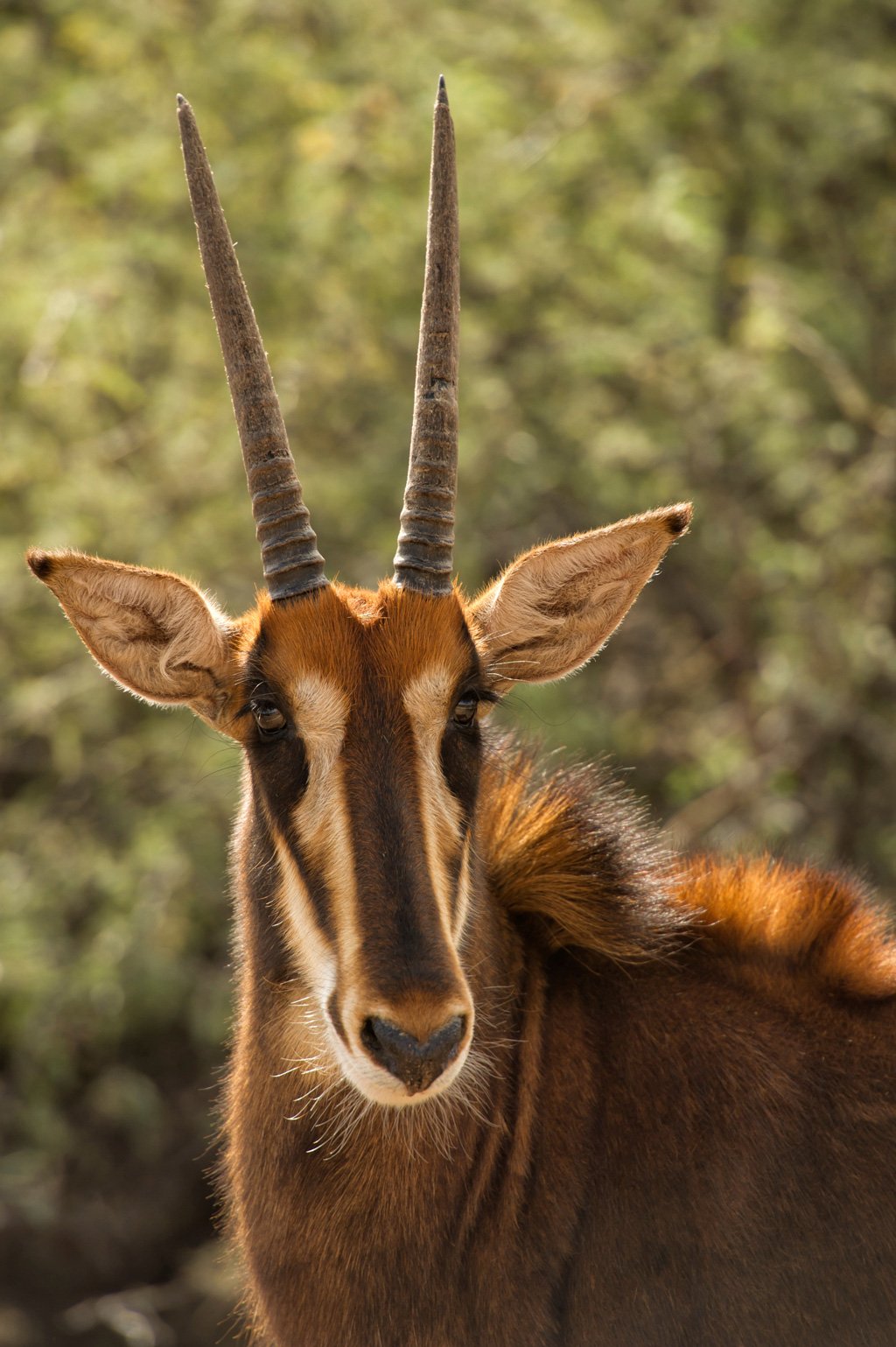Sable Animal - A Look At The Forest Dweller
Have you ever thought about the creatures that call the deep, chilly woods their home, the ones you might not often hear about? There's this one animal, the sable, which is a bit of a mystery to many, but it's truly something special. This little creature, known scientifically as Martes zibellina, is a kind of marten, a small animal that eats both plants and meat. It mostly lives in the wooded areas of Russia, stretching from the Ural Mountains all the way through Siberia, and also in parts of northern Asia. It's a member of the weasel family, called Mustelidae, and it's quite something to behold, honestly.
People have, for a very long time, thought of this animal as very special because of its soft coat. The sable's fur is incredibly sought after, and that's a big part of why it's so well-known. You know, it's pretty wild how different cultures have their own names for it; they go by things like cibelina, kuroten, sobal, soopeli, zibelina, zibeline, and zobel, which is that, just a little, a testament to how widely it's recognized.
Today, while some of these animals are raised on farms for commercial purposes, there are still quite a lot of them living freely in the wild. These are, in a way, rather luxurious little animals, not just because of their famous fur, but because of their overall nature. They are also, as a matter of fact, quite solitary and move with great speed, always on the lookout for their next meal.
Table of Contents
- What exactly is a sable animal?
- Where do sable animals make their homes?
- What makes the sable animal special?
- How are sable animals important?
What exactly is a sable animal?
The sable, known in scientific circles as Martes zibellina, is a creature that belongs to the marten group. This means it's a relatively small animal that has a diet including both plant matter and other creatures. It’s a part of the Mustelidae family, which is the same group that includes weasels, ferrets, and badgers. You know, it’s quite interesting how these animals fit into the bigger picture of nature, just a little. They are often described as being very graceful, moving with a kind of fluid ease through their surroundings.
When you think about what makes a sable, it's really about their appearance and behavior. Both the male and female sables are said to have these impressive ringed horns that stand up straight and then curve, which is quite a striking feature. This detail, as a matter of fact, really sets them apart in the animal kingdom, giving them a very distinct look. They are, in a way, very much considered luxurious little animals, a description that hints at their highly prized fur.
The Sable Animal's Forest Home
These creatures mostly live in the vast forest areas of Russia. Their range stretches from the Ural Mountains, which form a natural border, all the way across the enormous expanse of Siberia, and then into the northern parts of Asia. It’s a huge amount of territory, really, and these forests are often quite cold and dense. They are, in fact, very much at home in these chilly, wooded places, finding everything they need to survive and thrive.
The name "sable" itself appears to have roots in Slavic languages, which makes sense given where these animals are found. This suggests a long history of human interaction and awareness of these forest dwellers in that part of the world. It’s fascinating, too it's almost, how a name can tell you a bit about an animal's cultural significance and its geographic origins.
Where do sable animals make their homes?
Sable animals, as we've talked about, are primarily found in the forest environments of Russia, covering a huge sweep of land from the Ural Mountains right across Siberia. They also live in the northern reaches of Asia. These are places with very thick, often frozen, forests, which provide the perfect cover and hunting grounds for these creatures. It’s a pretty harsh environment, but they are, in some respects, perfectly suited for it.
They are known for being quite solitary, meaning they prefer to live alone rather than in groups. This way of life fits well with their hunting habits and the kind of places they inhabit. You know, finding a sable in these vast, dense woods can be quite a challenge, as they blend in so well with their surroundings. It’s almost like they are ghosts of the forest, just a little.
Sable Animal - More Than Just a Pretty Fur
While their beautiful fur is what they are most famous for, there's much more to a sable animal than just its coat. These are incredibly athletic and powerful creatures. They might be small, but they possess a lot of strength and move with great speed and skill. They are, in fact, very much built for survival in their demanding habitats.
The fur itself is very soft, quite thick, and has a silky feel, especially the darker colored varieties, which are particularly prized. This coat provides them with excellent insulation against the cold, which is essential in the often freezing environments where they live. It’s, arguably, one of nature's best designs for warmth and comfort.
What makes the sable animal special?
What makes the sable animal truly stand out is a combination of its physical abilities and its specific lifestyle. These animals are incredibly agile, moving quickly and gracefully through the forest. They are, in a way, very much like natural acrobats of the trees and ground. Their movements are fluid, allowing them to chase down prey or escape danger with remarkable speed.
They are also known for their impressive strength relative to their size. These small creatures are capable of taking down animals that are much larger than themselves, sometimes even up to five times their own body weight. This ability is quite astonishing and speaks volumes about their hunting prowess and the power packed into their frames. It’s, honestly, pretty amazing to think about.
Sable Animal - A Solitary Hunter
As solitary creatures, sables spend a lot of their time on their own, looking for food. Their diet is quite varied, making them omnivores. They primarily look for little creatures, winged ones, and creepy crawlies to eat. This includes small animals like rodents, various types of birds, and different kinds of insects. Their ability to find and catch such a wide range of food sources helps them survive in the wild. You know, it’s a pretty versatile diet, which is, in some respects, very useful.
Hunting in dense, frozen forests means they need to be incredibly stealthy and efficient. They are, apparently, very hard to spot as they move quietly through the undergrowth, using their keen senses to locate their next meal. This secretive nature is a key part of their survival strategy in these challenging environments.
How are sable animals important?
The sable is a truly captivating creature that naturally lives in the wild taiga regions of Eurasia. It's important, not just on its own, but also because of the role it plays in the bigger natural picture. These animals, along with other marten species, have a part in keeping the balance of their ecosystems. They help control populations of smaller animals and insects, which is a very crucial job in the forest. You know, every creature has a role, and the sable is, in fact, very much a part of that.
Their presence indicates a healthy forest environment, as they need specific conditions to thrive. So, when sables are doing well, it often suggests that the overall health of the forest is good too. This connection makes them a sort of indicator species, showing us how well the natural world around them is doing. It’s, actually, a pretty straightforward way to look at it.
The Sable Animal's Unique Adaptations
These animals have changed in special ways to fit their surroundings, allowing them to live and hunt effectively in their cold, wooded homes. Their soft, thick fur is a prime example of this, providing incredible warmth in freezing temperatures. They are, in a way, very well-equipped for their chilly habitats.
Their strength and agility also show how well they've adapted to finding food and staying safe in dense forests. Being able to take down larger prey and move quickly through difficult terrain means they are perfectly suited for their life in the wild. It’s, virtually, a masterclass in natural design.
So, the sable animal, Martes zibellina, is a small, omnivorous marten from the weasel family, living in the cold forests of Russia and northern Asia. It's known for its incredibly soft fur, which has made it highly valued for a long time. These solitary and agile creatures are powerful hunters, capable of taking down prey much larger than themselves. Both males and females, according to our information, have impressive ringed horns that stand up and curve. They are commercially farmed but also exist in large wild populations, playing a part in their forest ecosystems.

Sable Animal

Sable Facts - Animals of Asia - WorldAtlas

Sable Animal